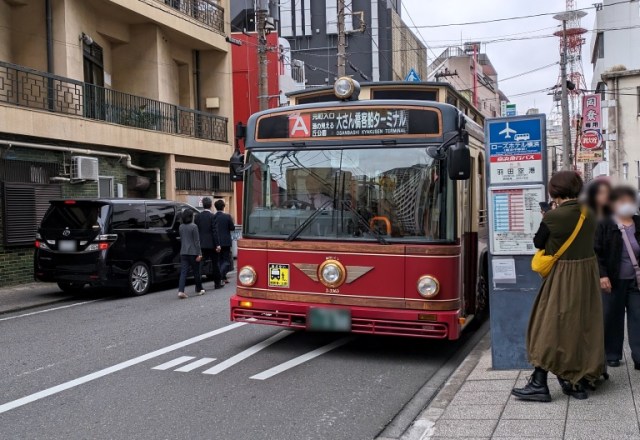
Mr. Sato heads south from Tokyo for some bayside bus exploration.
Welcome back to another installment of Japan Loop Buses, the series in which our ace reporter Mr. Sato checks out the sights to see and things to eat along the bus lines that both start and finish at Japanese train stations. Today, Mr. Sato is getting out of Tokyo and heading south to Yokohama, the capital city of Tokyo’s neighbor to the south, Kanagawa Prefecture.
It’s about a 30-minute train ride south from Tokyo to get to Yokohama, and while there’s a Yokohama Station, Mr. Sato got off instead at Sakuragicho Station, which puts you right in the Minato Mirai harbor district.
Between its seaside location and history as one of the first cities in Japan to open up to residents from abroad, Yokohama has a breezy, fashionable vibe to it, and Mr. Sato could feel it as soon as he stepped out of the station. Heading out the exits on the north/east side of the station, you’re immediately in a wide-open plaza with skyscrapers on one side and the sort of open expanse of sky that’s hard to find in Tokyo on the other.
This plaza is actually where you’ll find the terminal for the Yokohama Air Cabin ropeway…
…but since it only runs for a couple of blocks, Mr. Sato instead made his way to the side of the plaza opposite Sakursgicho Station, where the buses come in, and to bus stop #3, where the Akai Kutsu (あかいくつ) loop bus starts.
As shown in the timetable above, the Akai Kutsu runs three times an hour during peak times on weekdays, and four times an hour on weekends and holidays. After leaving Sakuragicho, it stops at just about all of Minato Mirai’s major attractions as it makes its circuit.
▼ Sakuragicho Station can be seen at the bottom left of the map, marked as stops A1 and A18 on the Akai Kutsu route.
For adults, a single ride on the Akai Kutsu costs 220 yen (US$1.45). If you’re going to be getting off to see more than one place along the way, though, the better deal is to purchase a one-day ticket (ichinichi joshaken in Japanese) for 600 yen, which gives you unlimited rides for one day and can be purchased onboard the bus if you’re paying by Suica or Pasmo e-money card.
After a short wait, the Akai Kutsu pulled up, sporting a cute retro design and looking quite photogenic with Minato Mirai’s giant Cosmo Clock Ferris wheel behind it.
Mr. Sato hopped on, took his seat, and was underway!
The bus quickly heads towards the World Porters shopping center and JICA (Japan International Cooperation Agency) museum, which has some fascinating exhibits about the history of Japanese emigration to other parts of the world. Mr. Sato’s first foray off the bus, though, came at Hammerhead, part of the Shinko Pier Cruise Terminal.
Hammerhead gets its name not from the shark, but from a type of crane located out back, originally used for unloading containers from shipping vessels. Nowadays, this terminal is used for cruise ships, some of which come from other countries, and the Hammerhead center has a collection of restaurants and cafes, plus a ramen food court on the first floor.
When Mr. Sato arrived at about 11 a.m., there was a long line of people waiting for the second-floor cafes to open, and this is what had brought him here too.
As they finally moved upstairs, Mr. Sato could see that about 80 percent of the people were here to visit the same place as he was: Kurumicco Factory, a cafe and gift shop run by Kamakura Beniya, a confectioner based in the town of Kamakura, further down the Kanagawa coast from Yokohama.
Kamakura Beniya is famous for its nut-based sweets, as you might have deduced from the squirrel in their logo. Their flagship treat is the Kurumicco, a mixture of walnuts (kurumi in Japanese) and caramel sandwiched between slices of cake.
Kamakura Beniya doesn’t have a ton of locations, and this one is extra special, since they cook the Kurumicco up right there in a big open kitchen area where you can watch it being made.
In addition to take-home boxes of the stuff, you can enjoy Kurumicco at the attached cafe, which also has drinks and ice cream.
▼ All the best exploring sessions in Japan include some kind of dessert, so Mr. Sato felt no guilt at all about starting this excursion with some.
With the delicious flavors of walnut and caramel still lounging on his taste buds, Mr. Sato strolled out to the backside of Hammerhead to take a look at the view. There’s a row of trees and benches where you can relax and take a look out at the sea, but even from the building outdoor walkway you can get some pretty good views of the bay and passing ships, plus the Yokohama Bay Bridge.
▼ Hammerhead is also one of the stops on Yokohama’s sea bus route, highlighting how many transportation options the city has.
Then it was back on the bus for a ride to Mr. Sato’s next destination, Aka Renga, also known as the Red Brick Warehouse.
Aka Renga is a reconstruction of the customs warehouse that was built back in the 1800s when Yokohama became one of the first ports in Japan to allow active trade with overseas merchants. Built to handle this surge in commerce that had outgrown the preexisting facilities, Aka Renga’s red brick construction was dramatically different from the wood and paper structures that were still the standard style in Japan at the time.
The rebuilt Aka Renga serves as an entertainment and event venue, with restaurants, shops, indoor live music and art spaces, and a large plaza between its two building for outdoor functions. On the weekends, it can get pretty crowded, but if you go on a weekday fairly early in the day like Mr. Sato did, you can get some nice unobscured shots of the place. The backside, like at Hammerhead, offers great views of the bay and has a sea bus stop.
Aka Renga isn’t the only old-school architecture you’ll see on the Akai Kutsu route, either. Pictured above is the Yokohama Port Opening Memorial Hall, also known as Jack Tower, and below is Yokohama Customs Building, a.k.a. Queen Tower, both of which were built in the 1910s and survived the Great Kanto Earthquake of 1923.
It was now time for Mr. Sato’s next stop, Chinatown.
Yokohama has the largest Chinatown in Japan, bigger than even the ones in Kobe and Nagasaki. Cultural events are held regularly on its streets and in its plazas, but no matter when you go, you’ll find a ton of great things to eat.
The first question you’ll have to answer for yourself, though, is whether you want to eat in a restaurant or grab street food from one of the many sidewalk stalls. Mr. Sato decided he was in the mood for a sit-down meal on this day, and after a bit of wandering around and soaking up the ambiance, he decided on this restaurant, called Dohatsu (or Tung Fat, depending on how you choose to render their name), based on the retro-chic vibe he got from looking at it.
Dohatsu, it turns out, has been in business since the Meiji period (1868-1912). They offer lunch sets for around 1,300 yen that give you your choice of main dish, soup, greens, rice, and dessert.
Mr. Sato picked the roasted pork belly, which was cooked to perfection with just a touch crispiness, and honey-like sweetness that paired magnificently with white rice.
He also couldn’t resist adding a side order of shumai, steamed pork dumplings. Though they’re a mainstay in Chinese restaurants across Japan, Yokohama is especially famous for shumai, and these were juicy and delicious.
Once again full, Mr. Sato got back on the bus and rode to his next sightseeing spot, Marine Tower.
At 106 meters (348 feet), when Marine Tower was built in 1961, it was the tallest structure in the area. It’s since lost that status to Landmark Tower (a 296-meter skyscraper located a block away from Sakuragicho Station), but it remains a symbol of the city.
Marine Tower has restaurants and an observation floor up at the top, but instead of going up, Mr. Sato went across the street to Yamashita Park.
Yamashita Park runs for several hundred meters along the harbor. Aside from views of the bay, attractions include the Hikawamaru, a preserved and permanently docked international ocean liner that functions as a floating museum and restaurant, and a large fountain sculpture that’s a gift from Yokohama’s American sister city of San Diego.
▼ Hikawamaru
But if Mr. Sato’s being totally honest, the thing that really got him excited is that Yamashita Park is a recurring setting in Sega’s Yakuza/Like a Dragon video game series, where it appears renamed as Hamakita Park.
▼ Alternatively, if you’re a cultured anime fan of vintage tastes, you’ll remember Yamashita Park from the original Macross TV series.
Refreshed by the sea breeze, Mr. Sato reboarded the Akai Kutsu. This time he got off at the Bashamichi Station bus stop, from where it’s just a short walk to Bashamichi Jyubankan.
This classy looking place houses a bakery, bar, restaurant, and, drawing in Mr. Sato on this day, a tea room/cafe.
Now, if you’ve been keeping track, you’ll remember that Mr. Sato had already indulged his sweet tooth multiple times, with the Kurumicco in the morning and a dessert-including lunch set in Chinatown. And you know what? That in no way dissuaded him from treating himself to Bashamichi Jyuban’s Pudding Royale (1,100 yen) and a cup of English Royal Milk Tea (780 yen).
Caramel sauce is the norm for cream puddings in Japan, but Bashamichi Jyuban instead uses anglaise sauce, which is made with vanilla and orange brandy liqueur.
The pudding is firm, with a subdued sweetness to it, but the anglaise sauce is powerfully sweet, making for a great combination when you get both in the same bite. In hindsight, Mr. Sato thinks he should have gone with a straight black tea to draw out even more of the pudding’s sweetness by comparison, but the milk tea was still of high quality, and this was a great last stop on his Akai Kutsu bus loop.
Before leaving, Mr. Sato also stopped by Bashamichi Jyuban’s bakery to pick up some cookies, which we’re kind of hoping he’ll bring to the office one of these days to pass around.
Then it was back on the bus for the last leg of the circuit, which brought him back to Sakuragicho Station.
In total, Mr. Sato spent four hours on his Akai Kutsu excursion, and that’s even with skipping. With great food, beautiful scenery, and touches of history, there’s a lot to like about this route, and that’s even before factoring in how the bus will drop you right by a number of Yokohama’s Pokémon manhole covers.
Related: Akai Kutsu official website, Hammerhead, Aka Renga, Dohatsu, Bashamichi Jyuban
Photos ©SoraNews24
● Want to hear about SoraNews24’s latest articles as soon as they’re published? Follow us on Facebook and Twitter!
[ Read in Japanese ]
Follow Casey on Twitter, where yes, he is a cultured anime fan of vintage tastes.

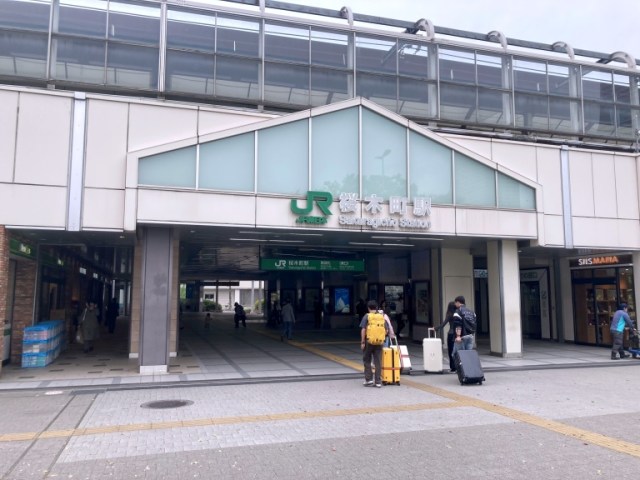
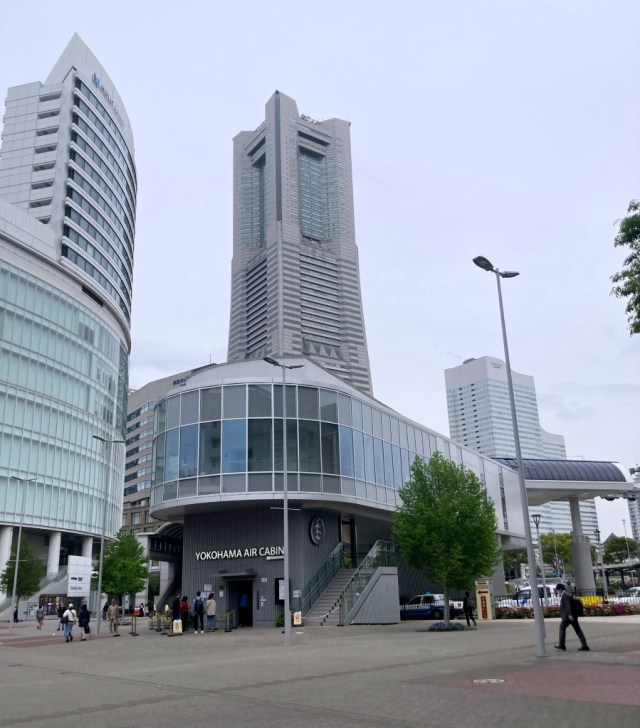
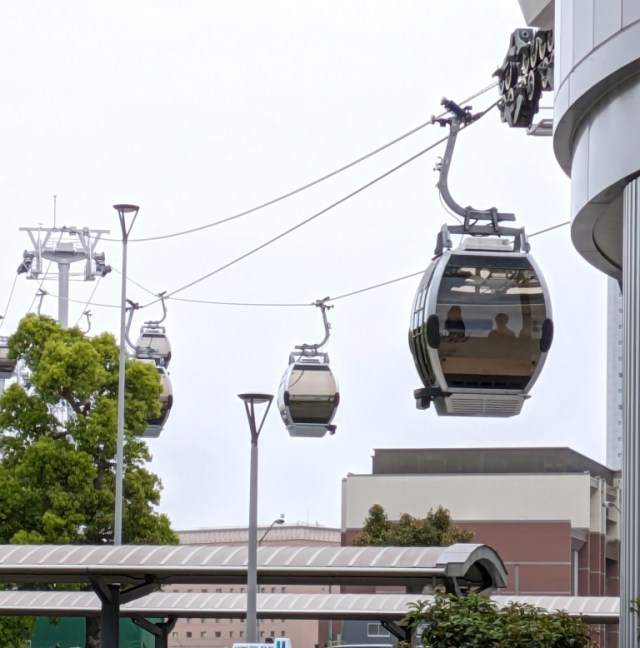
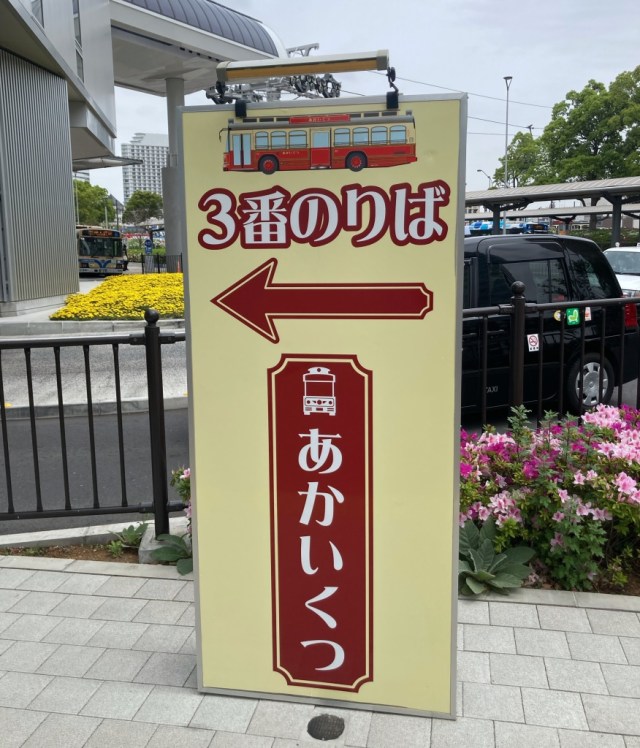
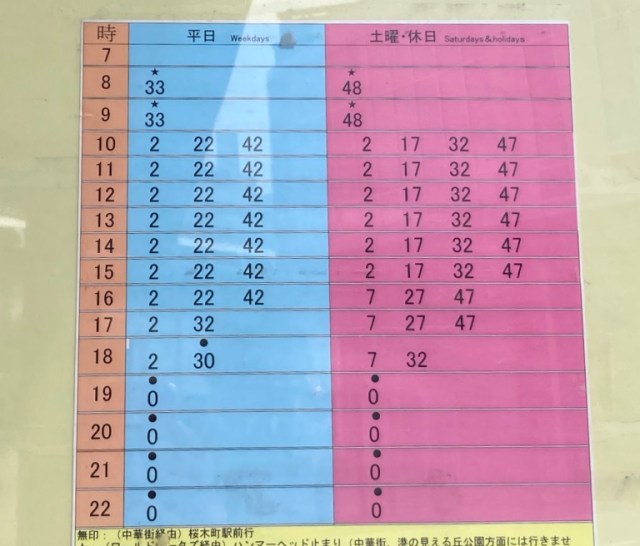

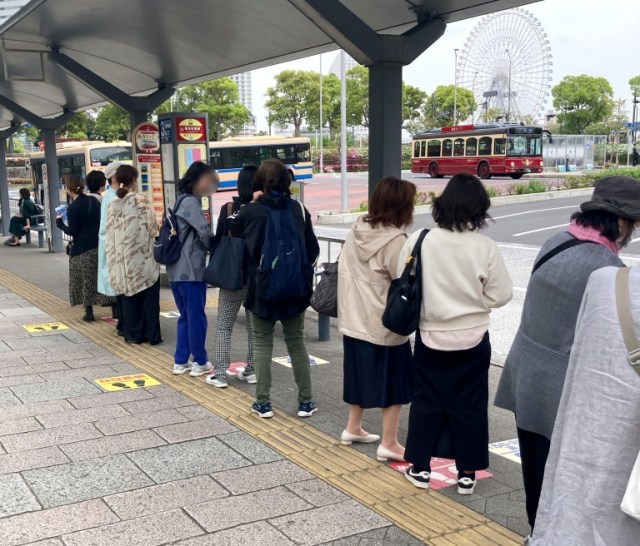

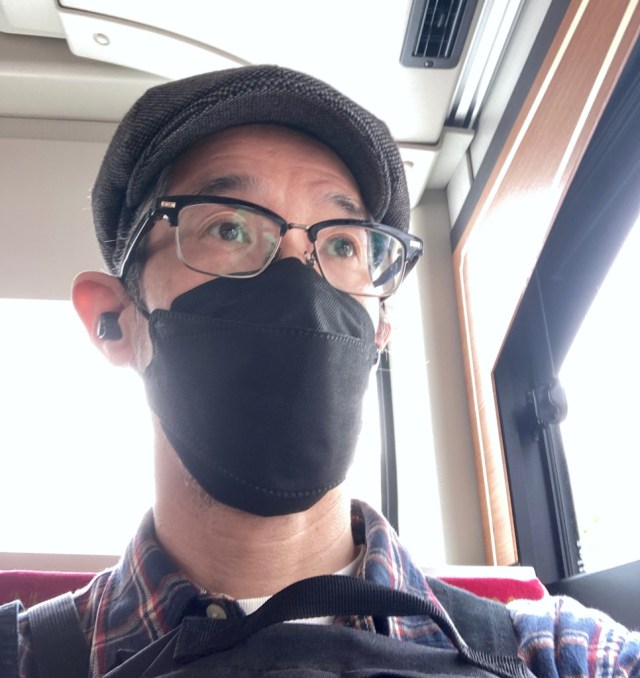
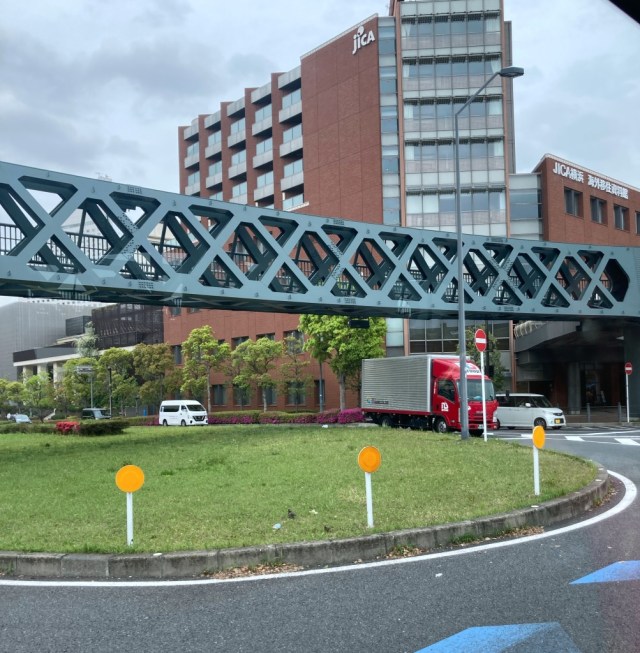
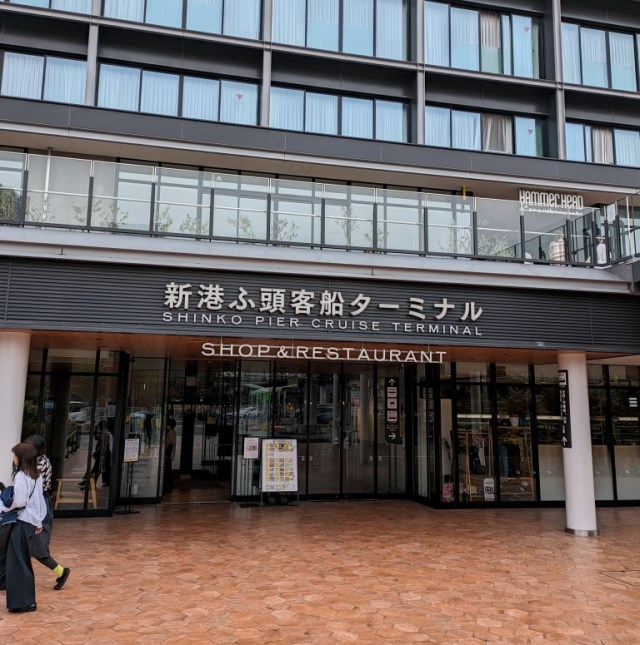
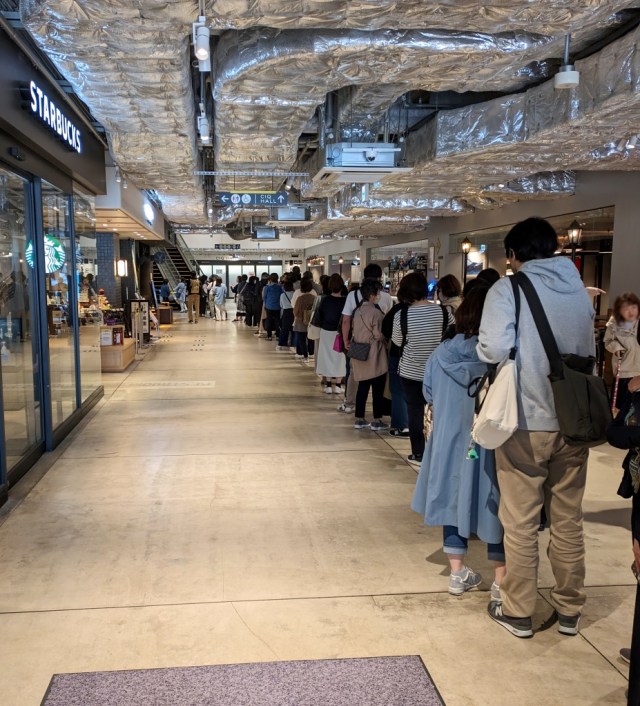

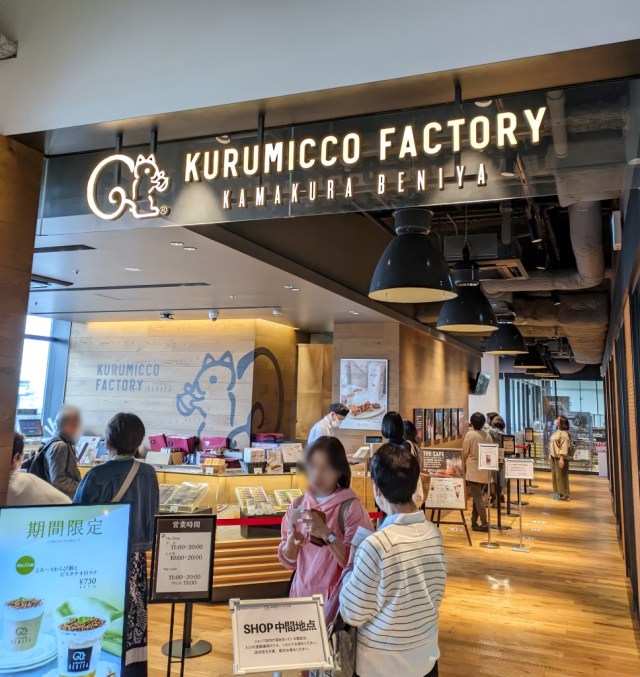
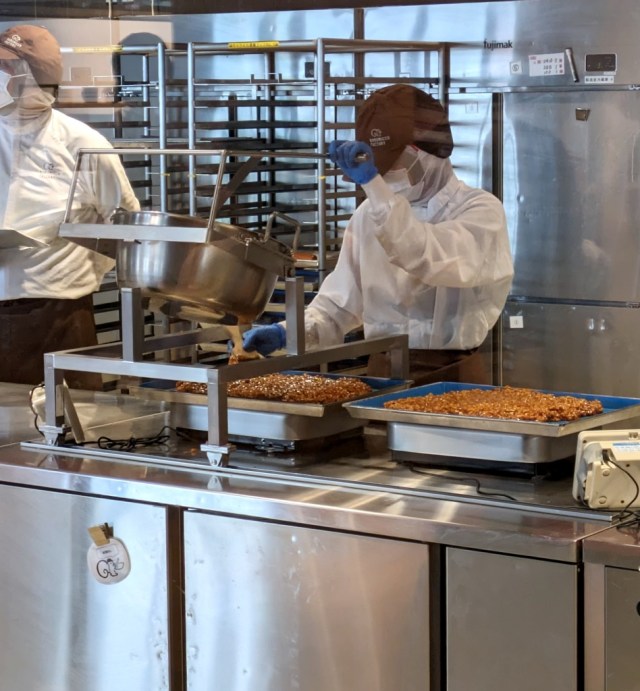
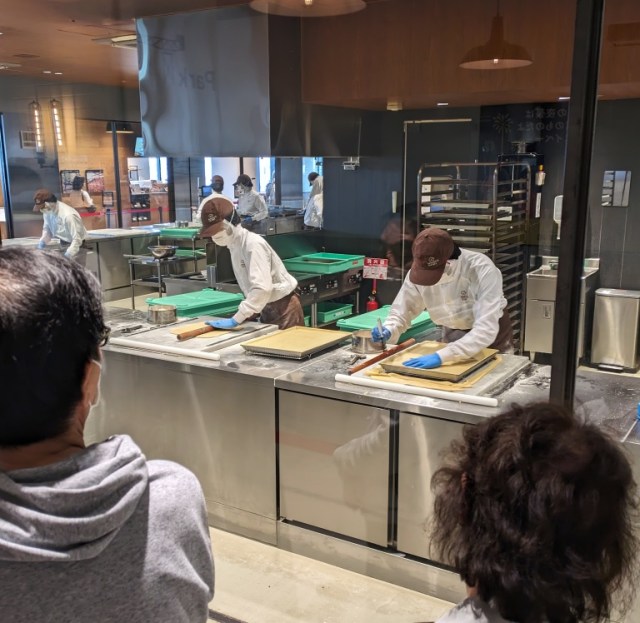
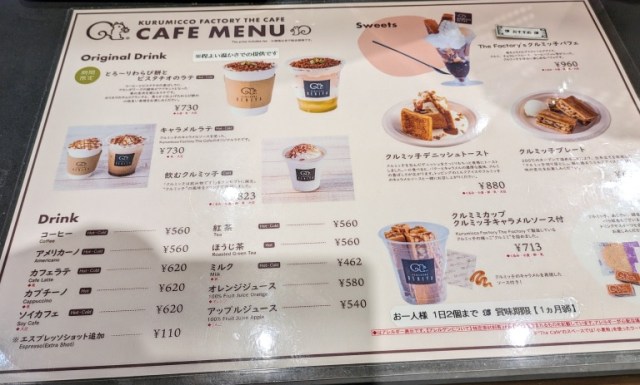
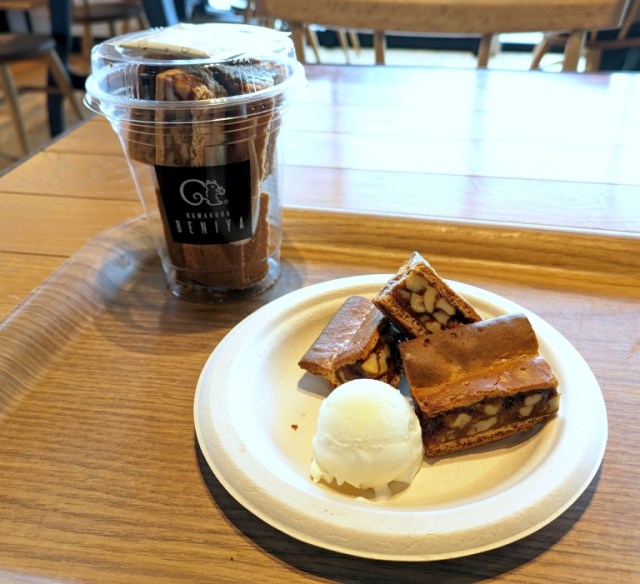
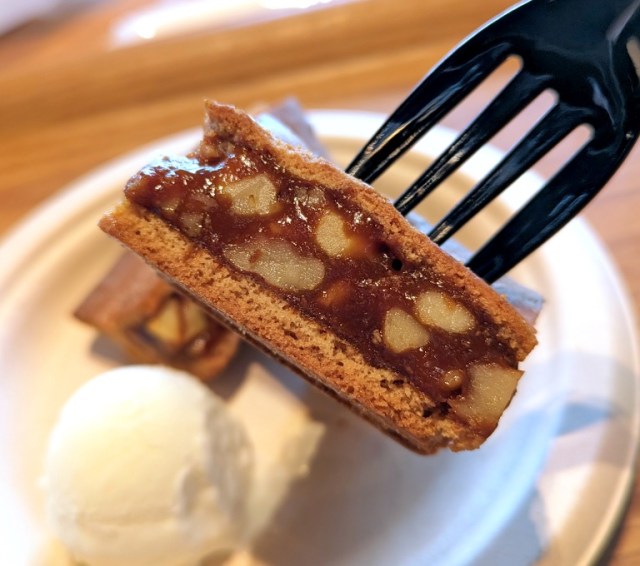
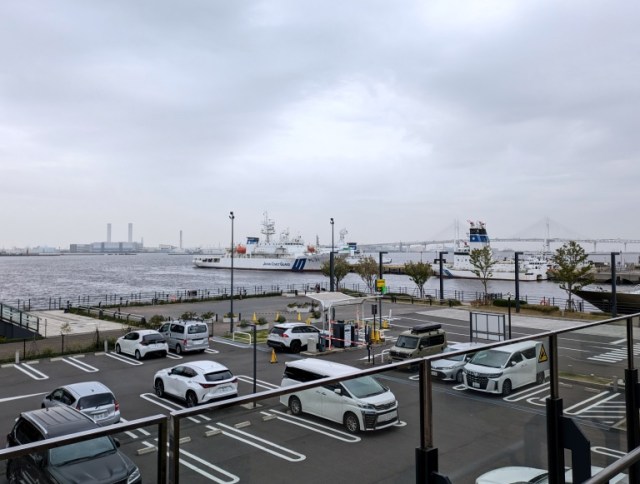
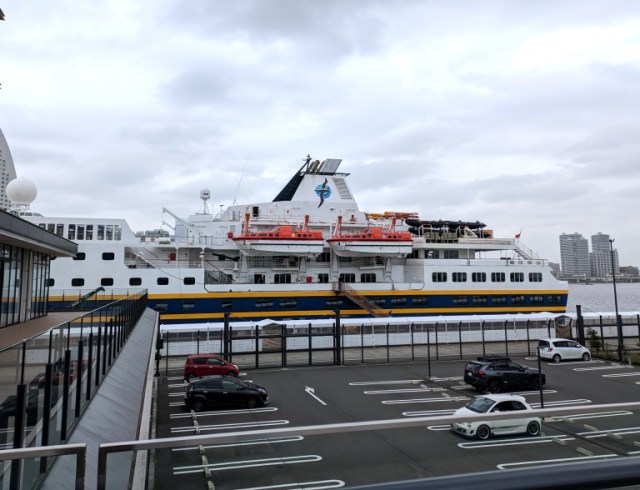




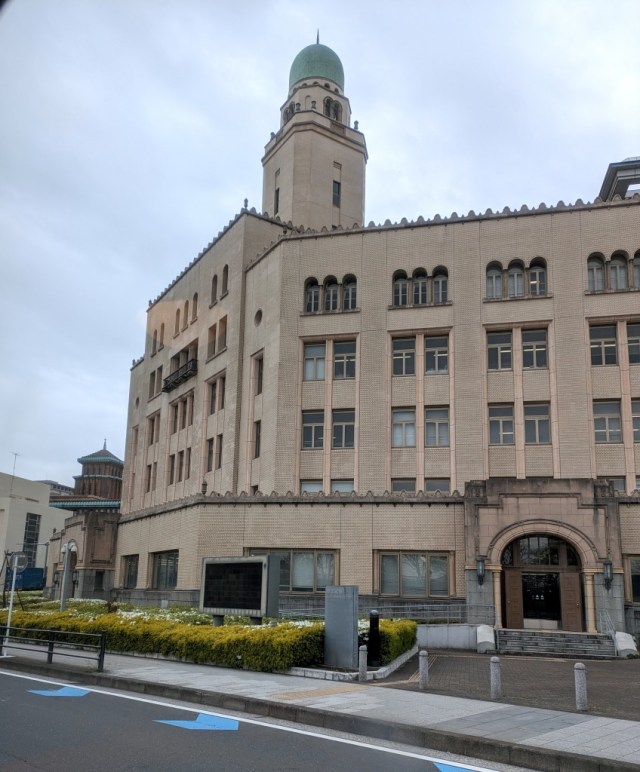
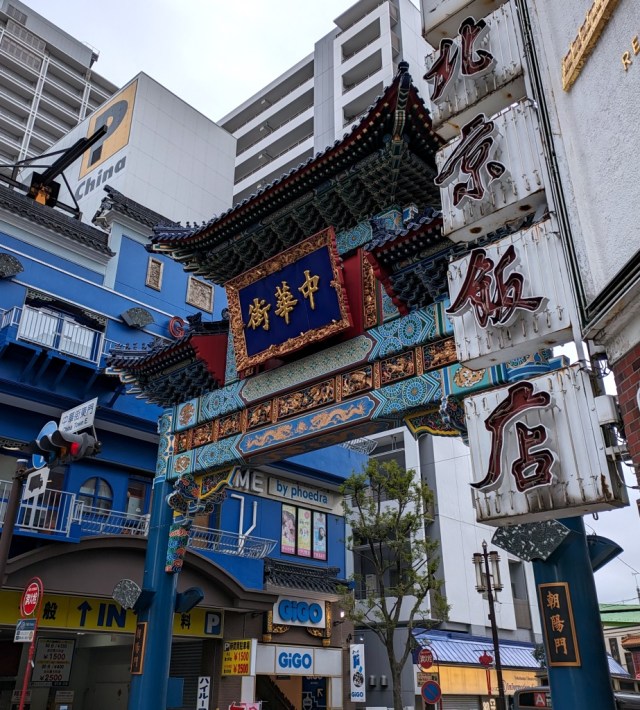
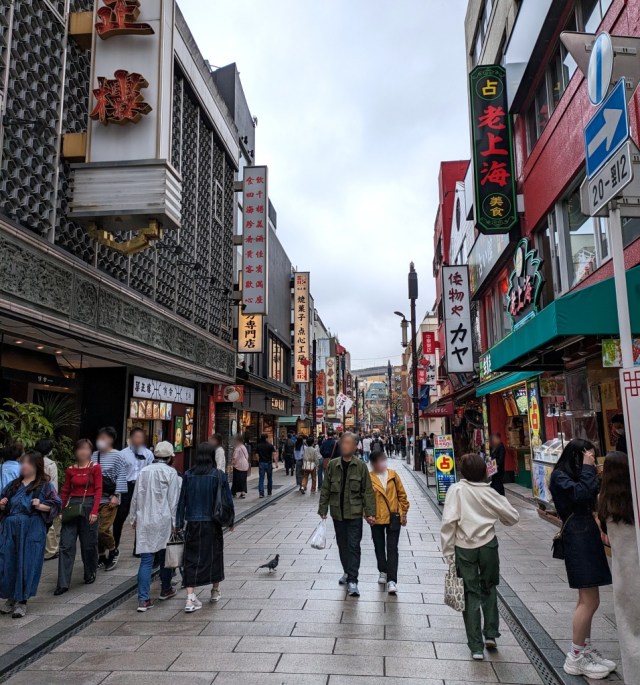
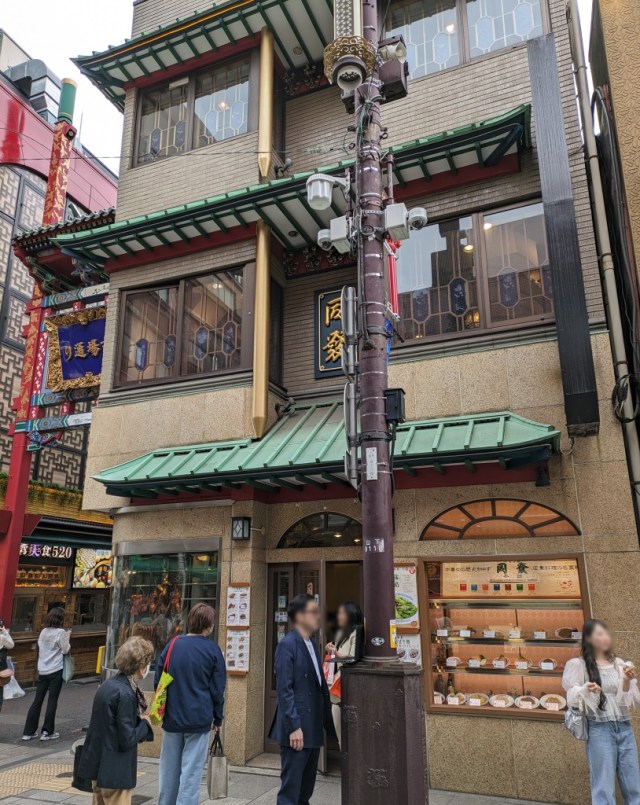
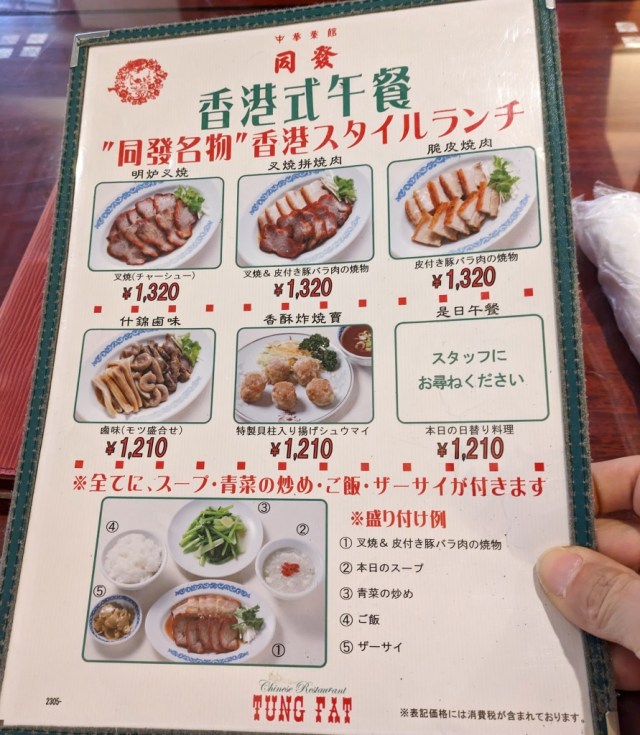
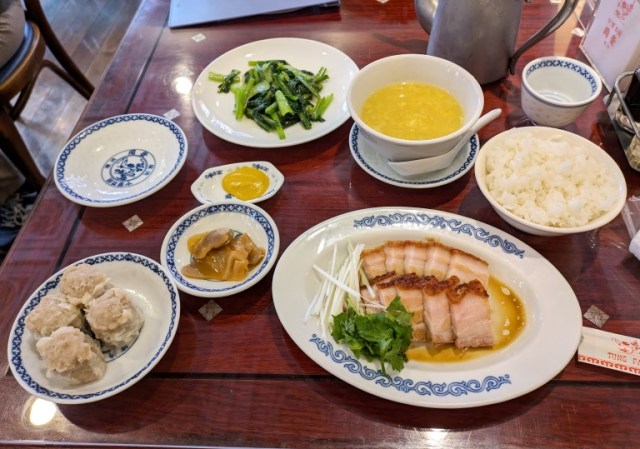
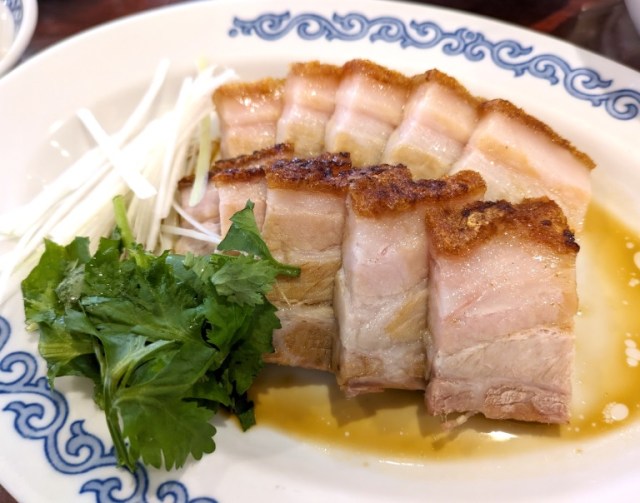
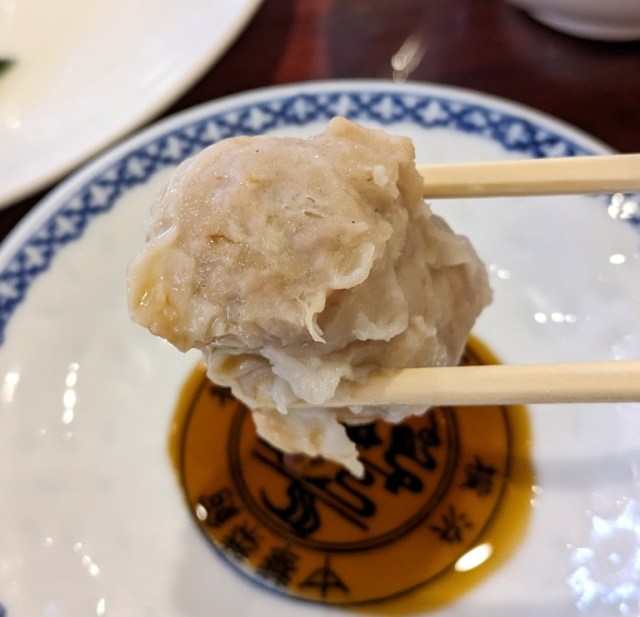
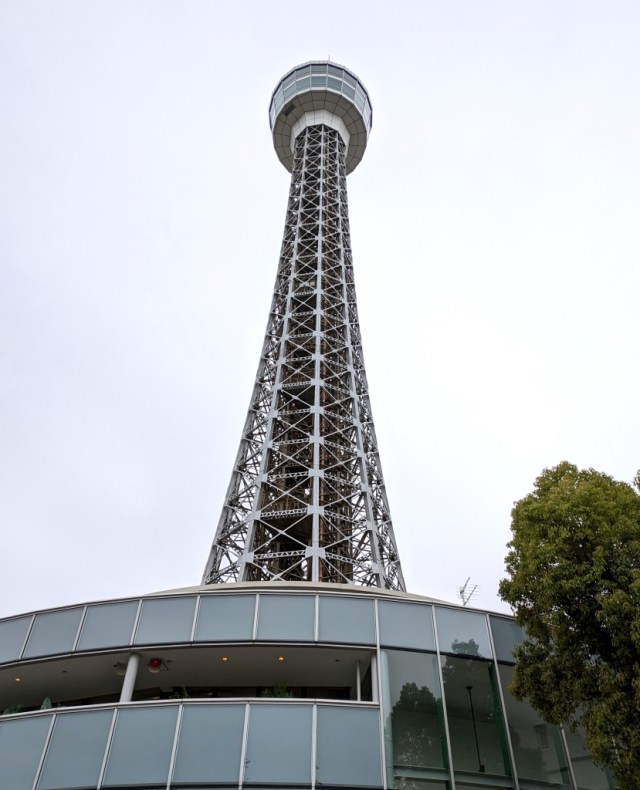
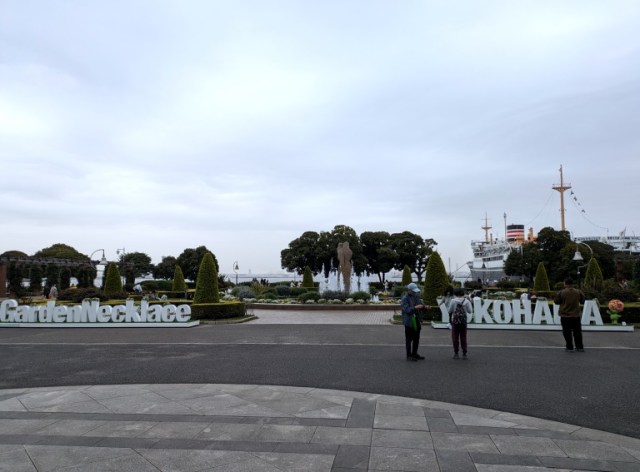
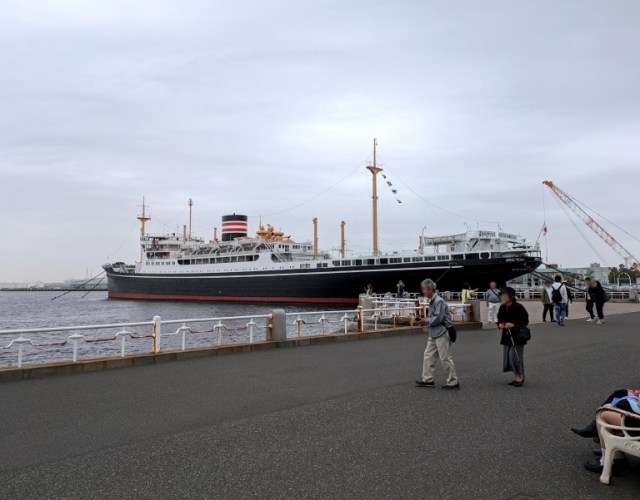
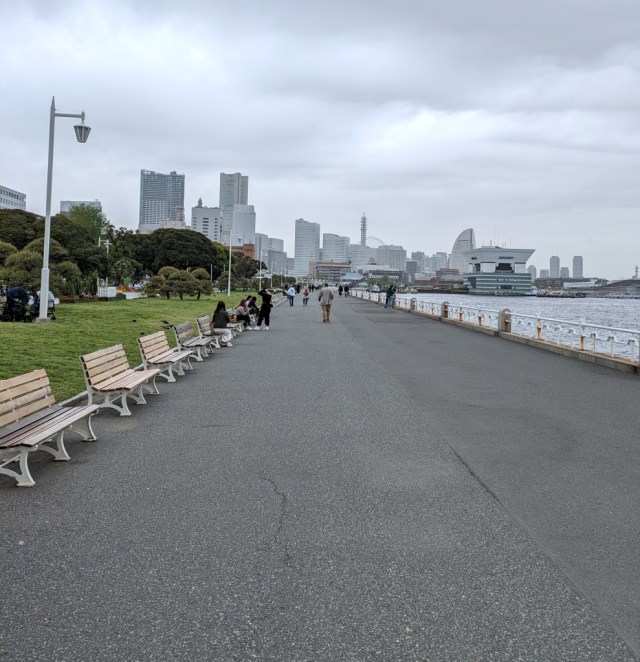
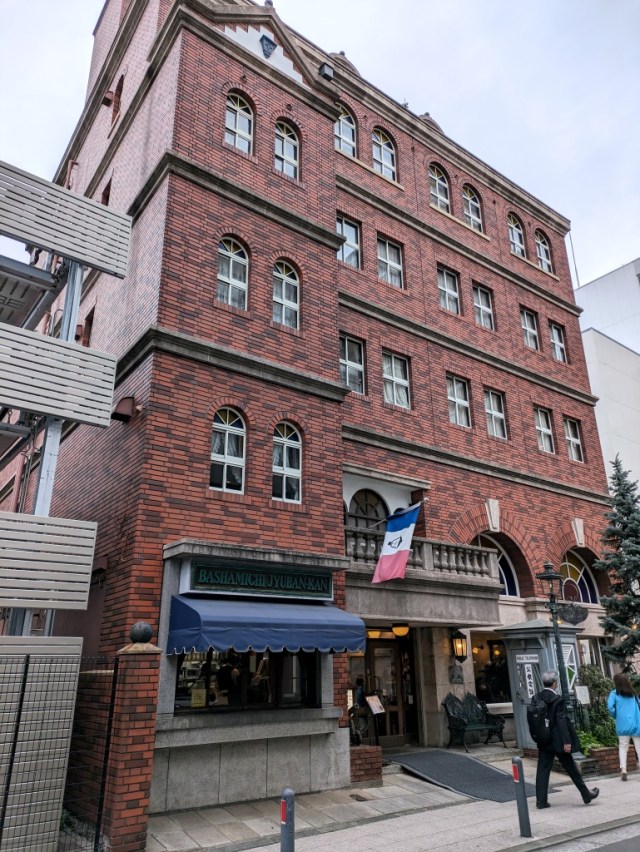
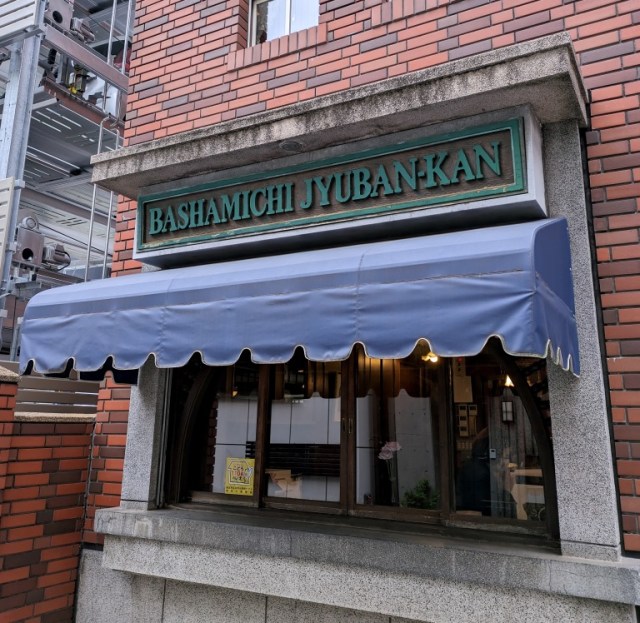
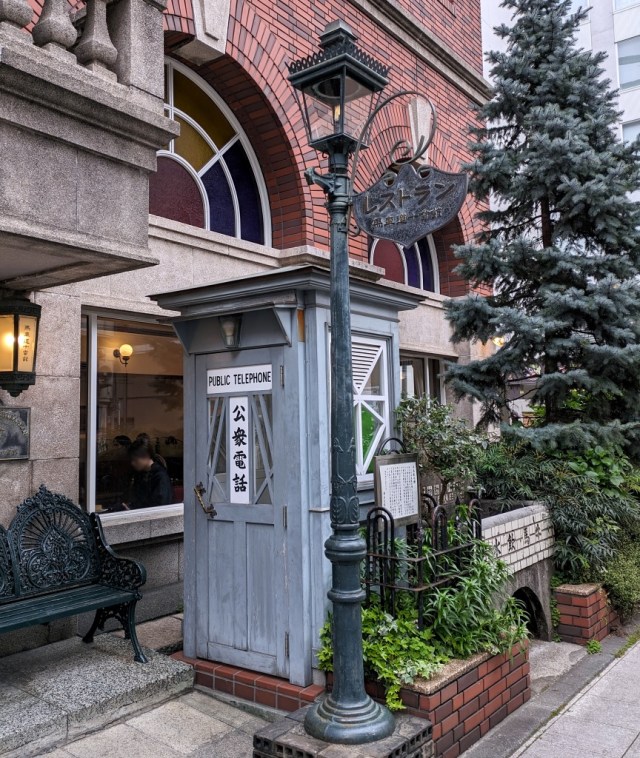

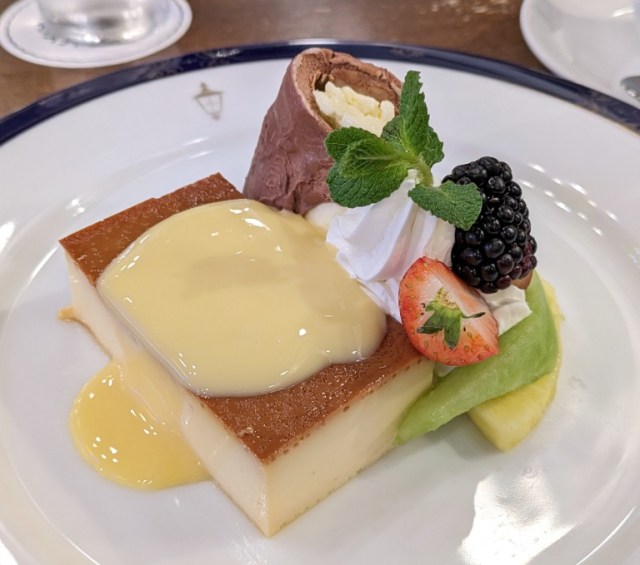

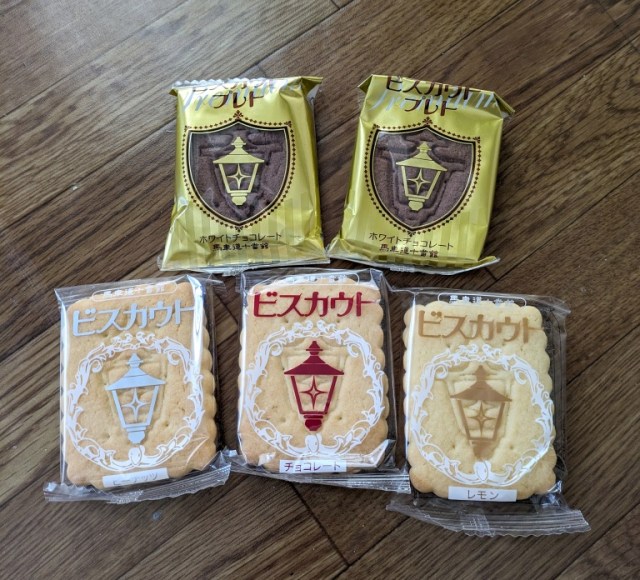
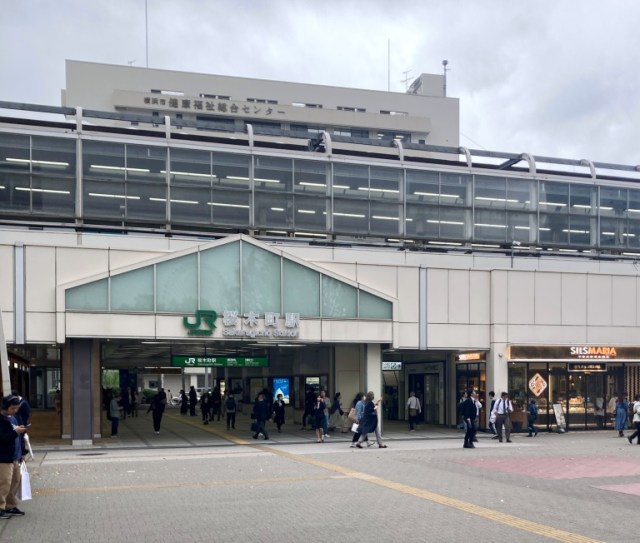
 Hidden history, retro cafes, and a shoe shrine on Asakusa bus loop【Tokyo Loop Buses】
Hidden history, retro cafes, and a shoe shrine on Asakusa bus loop【Tokyo Loop Buses】 Beautiful park, gigantic wholesale market, and smooth-as-silk coffee on Omori bus loop【Tokyo Loop Buses】
Beautiful park, gigantic wholesale market, and smooth-as-silk coffee on Omori bus loop【Tokyo Loop Buses】 Delicious ramen, cursed hills, green spaces, and more on the Sugimaru bus【Tokyo Loop Buses】
Delicious ramen, cursed hills, green spaces, and more on the Sugimaru bus【Tokyo Loop Buses】 We revisited Sweets Paradise after a decade to see if Japan’s dessert buffet still delivers
We revisited Sweets Paradise after a decade to see if Japan’s dessert buffet still delivers New Japanese menstrual product seeks to help women spot unidentified iron deficiencies
New Japanese menstrual product seeks to help women spot unidentified iron deficiencies Hayao Miyazaki says Happy New Year to Studio Ghibli fans with new art for Year of the Horse
Hayao Miyazaki says Happy New Year to Studio Ghibli fans with new art for Year of the Horse Japan’s otoshidama tradition of giving kids money at New Year’s gets a social welfare upgrade
Japan’s otoshidama tradition of giving kids money at New Year’s gets a social welfare upgrade What’s inside the McDonald’s Japan fukubukuro lucky bag for 2026?
What’s inside the McDonald’s Japan fukubukuro lucky bag for 2026? 7-Eleven Japan starts new temporary luggage storage service in over 300 branches
7-Eleven Japan starts new temporary luggage storage service in over 300 branches Braving a Japanese national fireworks competition with 10x more people than the city population
Braving a Japanese national fireworks competition with 10x more people than the city population Taiwan throws lively funerals, complete with miniskirt-clad marching bands 【Video】
Taiwan throws lively funerals, complete with miniskirt-clad marching bands 【Video】 Japanese Cabinet to officially announce new romanization spelling recommendation next week
Japanese Cabinet to officially announce new romanization spelling recommendation next week Sanrio theme park in Japan announces plans to expand into a Sanrio resort
Sanrio theme park in Japan announces plans to expand into a Sanrio resort Starbucks Japan ready to get Year of the Horse started with adorable drinkware and plushies【Pics】
Starbucks Japan ready to get Year of the Horse started with adorable drinkware and plushies【Pics】 Cyberpunk anime meets traditional culture in Ghost in the Shell gold leaf Japanese changing screens
Cyberpunk anime meets traditional culture in Ghost in the Shell gold leaf Japanese changing screens 7 great places to see Mt. Fuji from without having to climb it
7 great places to see Mt. Fuji from without having to climb it Hello Kitty Choco Egg figures are an adorable trip through three periods of Japanese pop culture【Pics】
Hello Kitty Choco Egg figures are an adorable trip through three periods of Japanese pop culture【Pics】 7-Eleven Japan’s ramen-cooking robot whipped us up a bowl of noodles【Taste test】
7-Eleven Japan’s ramen-cooking robot whipped us up a bowl of noodles【Taste test】 We found possibly the quietest Japanese-style hotel in Tokyo’s bustling Shinjuku district
We found possibly the quietest Japanese-style hotel in Tokyo’s bustling Shinjuku district Sumo Sanrio! Hello Kitty and pals team up with Japan Sumo Association for new merch【Pics】
Sumo Sanrio! Hello Kitty and pals team up with Japan Sumo Association for new merch【Pics】 More Than a Capsule Stay: Why Solo Travelers Choose “global cabin Yokohama Chinatown”
More Than a Capsule Stay: Why Solo Travelers Choose “global cabin Yokohama Chinatown” Japan’s oldest largetooth sawfish in captivity back on display in Mie Prefecture
Japan’s oldest largetooth sawfish in captivity back on display in Mie Prefecture Disillusionment at Tsukiji’s tourist-target prices led us to a great ramen restaurant in Tokyo
Disillusionment at Tsukiji’s tourist-target prices led us to a great ramen restaurant in Tokyo Starbucks teams up with 166-year-old Kyoto doll maker for Year of the Horse decorations【Photos】
Starbucks teams up with 166-year-old Kyoto doll maker for Year of the Horse decorations【Photos】 Tokyo considering law requiring more trash cans following litter increase in heavily touristed area
Tokyo considering law requiring more trash cans following litter increase in heavily touristed area Tokyo’s Tsukiji sushi neighborhood asks tour groups to stay away for the rest of the month
Tokyo’s Tsukiji sushi neighborhood asks tour groups to stay away for the rest of the month Tokyo event lets you travel back in time, for free, to celebrate 100 years since Showa era start
Tokyo event lets you travel back in time, for free, to celebrate 100 years since Showa era start Japan may add Japanese language proficiency, lifestyle classes to permanent foreign resident requirements
Japan may add Japanese language proficiency, lifestyle classes to permanent foreign resident requirements Stamina-destroying “Paralysis Noodles” are Tokyo’s newest over-the-top ramen innovation
Stamina-destroying “Paralysis Noodles” are Tokyo’s newest over-the-top ramen innovation Survey asks foreign tourists what bothered them in Japan, more than half gave same answer
Survey asks foreign tourists what bothered them in Japan, more than half gave same answer Japan’s human washing machines will go on sale to general public, demos to be held in Tokyo
Japan’s human washing machines will go on sale to general public, demos to be held in Tokyo Japan’s deadliest food claims more victims, but why do people keep eating it for New Year’s?
Japan’s deadliest food claims more victims, but why do people keep eating it for New Year’s? We deeply regret going into this tunnel on our walk in the mountains of Japan
We deeply regret going into this tunnel on our walk in the mountains of Japan Studio Ghibli releases Kodama forest spirits from Princess Mononoke to light up your home
Studio Ghibli releases Kodama forest spirits from Princess Mononoke to light up your home Major Japanese hotel chain says reservations via overseas booking sites may not be valid
Major Japanese hotel chain says reservations via overseas booking sites may not be valid Put sesame oil in your coffee? Japanese maker says it’s the best way to start your day【Taste test】
Put sesame oil in your coffee? Japanese maker says it’s the best way to start your day【Taste test】 No more using real katana for tourism activities, Japan’s National Police Agency says
No more using real katana for tourism activities, Japan’s National Police Agency says Starbucks Japan reveals new sakura drinkware collection, inspired by evening cherry blossoms
Starbucks Japan reveals new sakura drinkware collection, inspired by evening cherry blossoms Updated cherry blossom forecast shows extra-long sakura season for Japan this year
Updated cherry blossom forecast shows extra-long sakura season for Japan this year
Leave a Reply